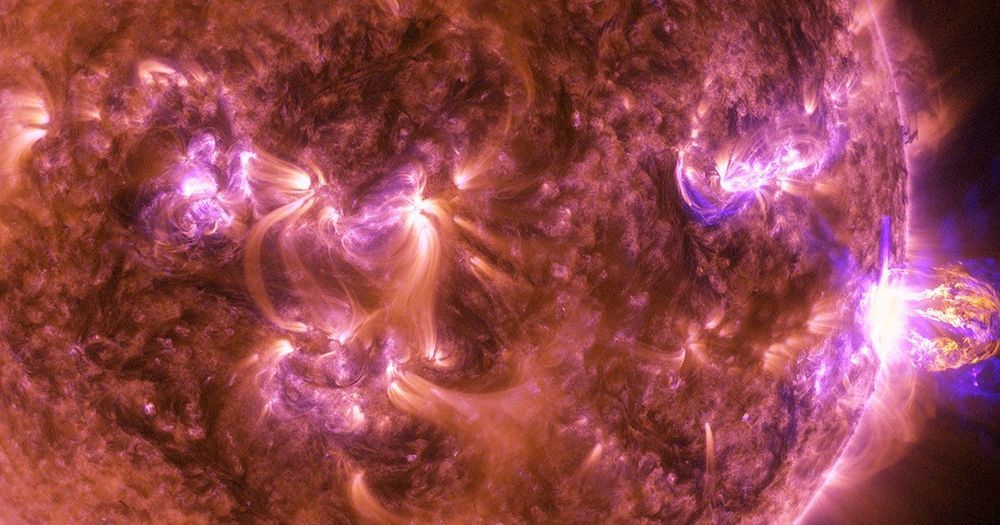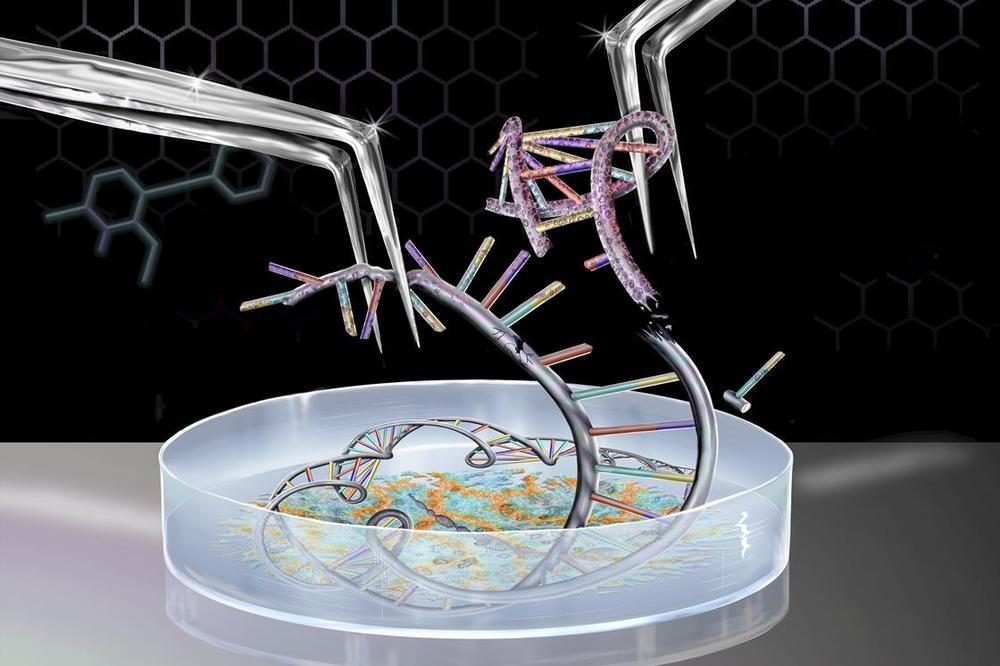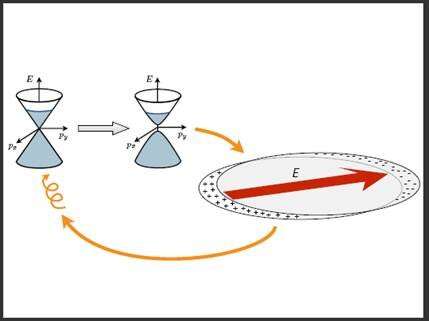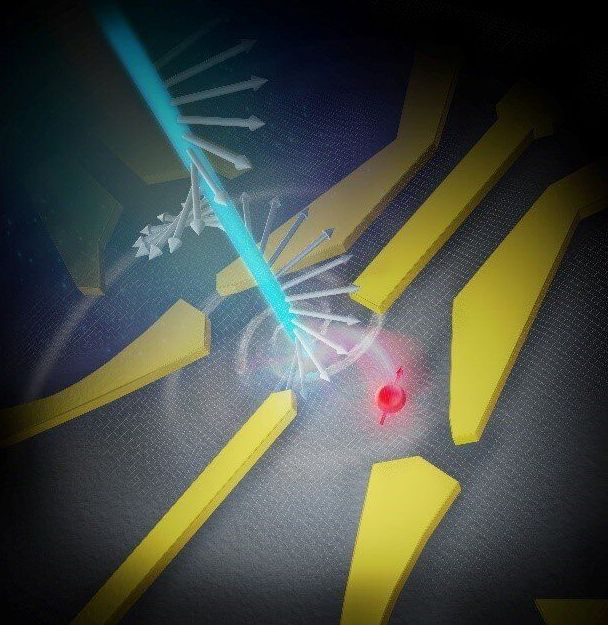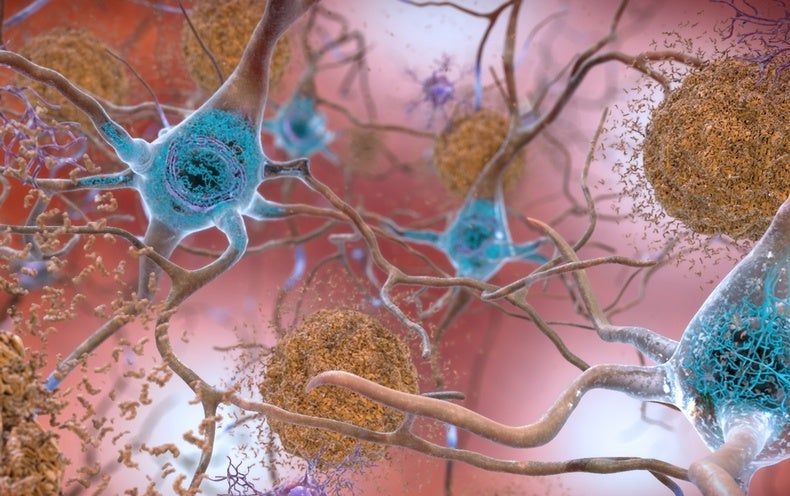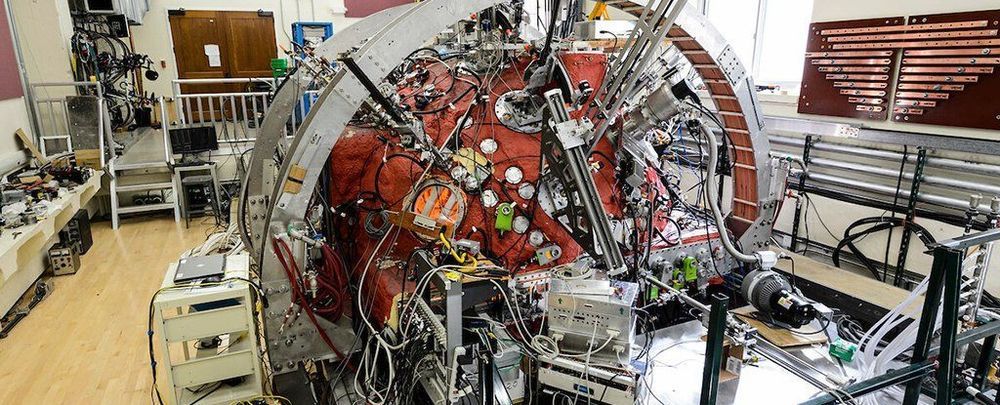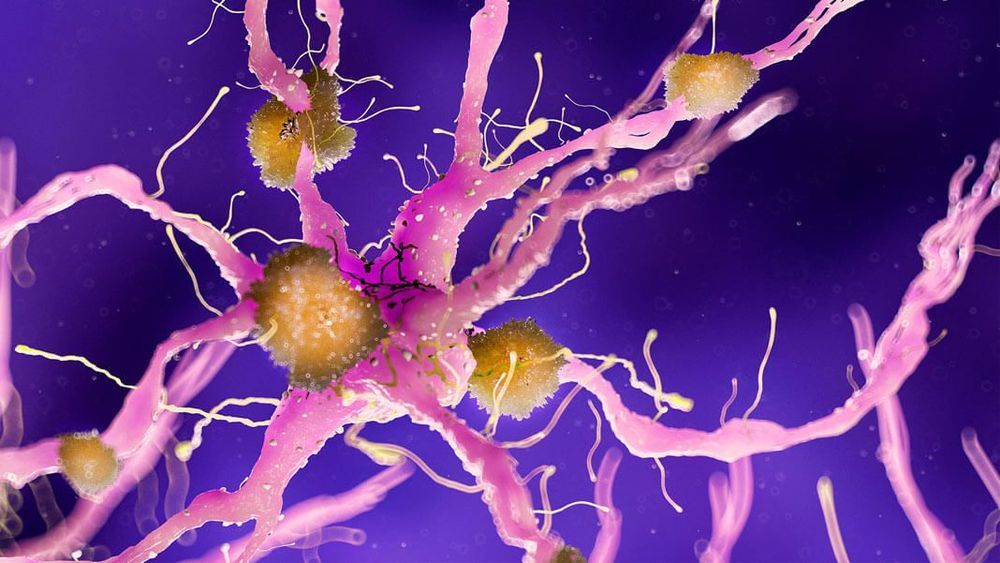Jul 30, 2019
Scientists Find One Billion Year Old Fungi, Earth’s Oldest
Posted by Quinn Sena in category: evolution
Scientists recently found one billion-year-old fungi in Canada, changing the way we view evolution and the timing of plants and animals here on Earth.
The fossilized specimen was collected in Canada’s Arctic by an international team and later identified to be the oldest fungi ever found, sitting somewhere between 900 million and 1 billion years old. The research, published recently in Nature, changes how we view eukaryotes colonizing the land.
The fossilized fungi were analyzed and researchers found the presence of chitin, a unique substance that is found on the cell walls of fungi. The specimen was then age dated using precise measurements of radioactive isotope ratios within the sample.

